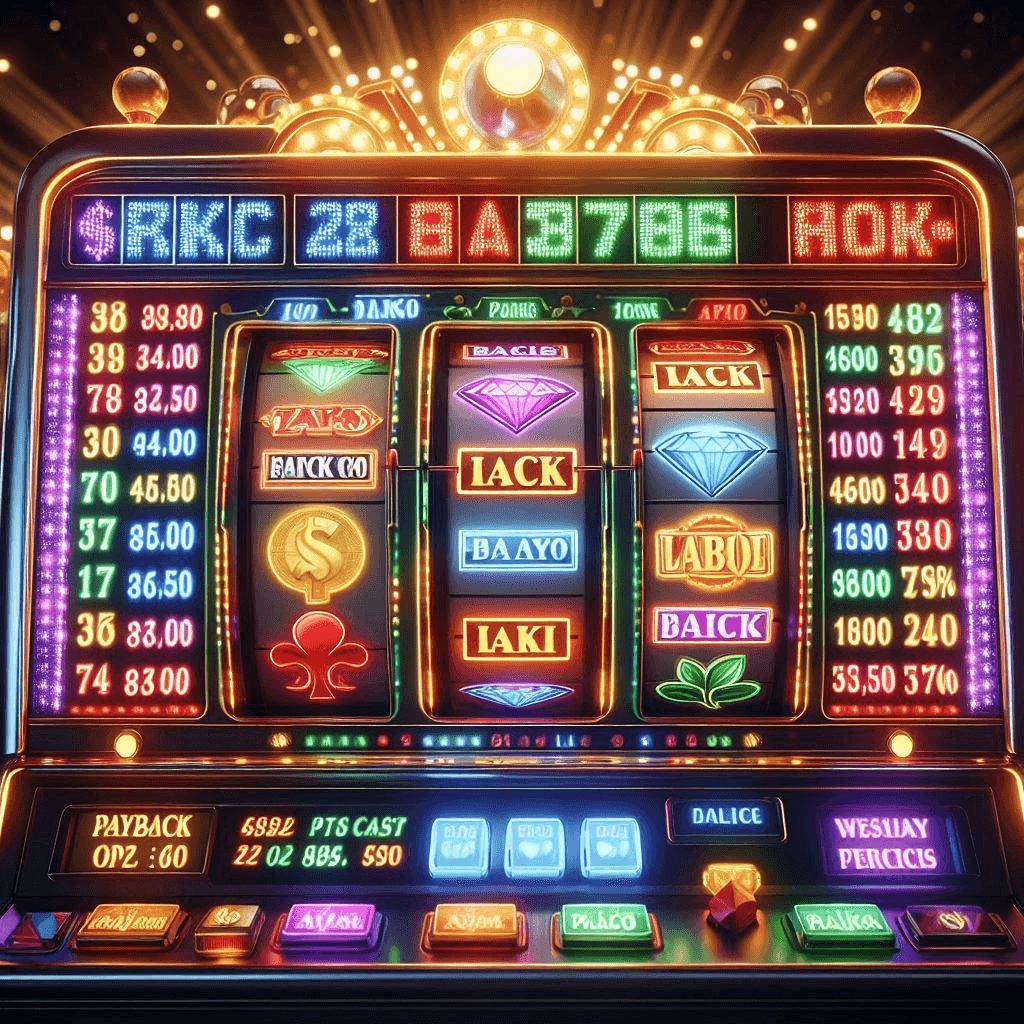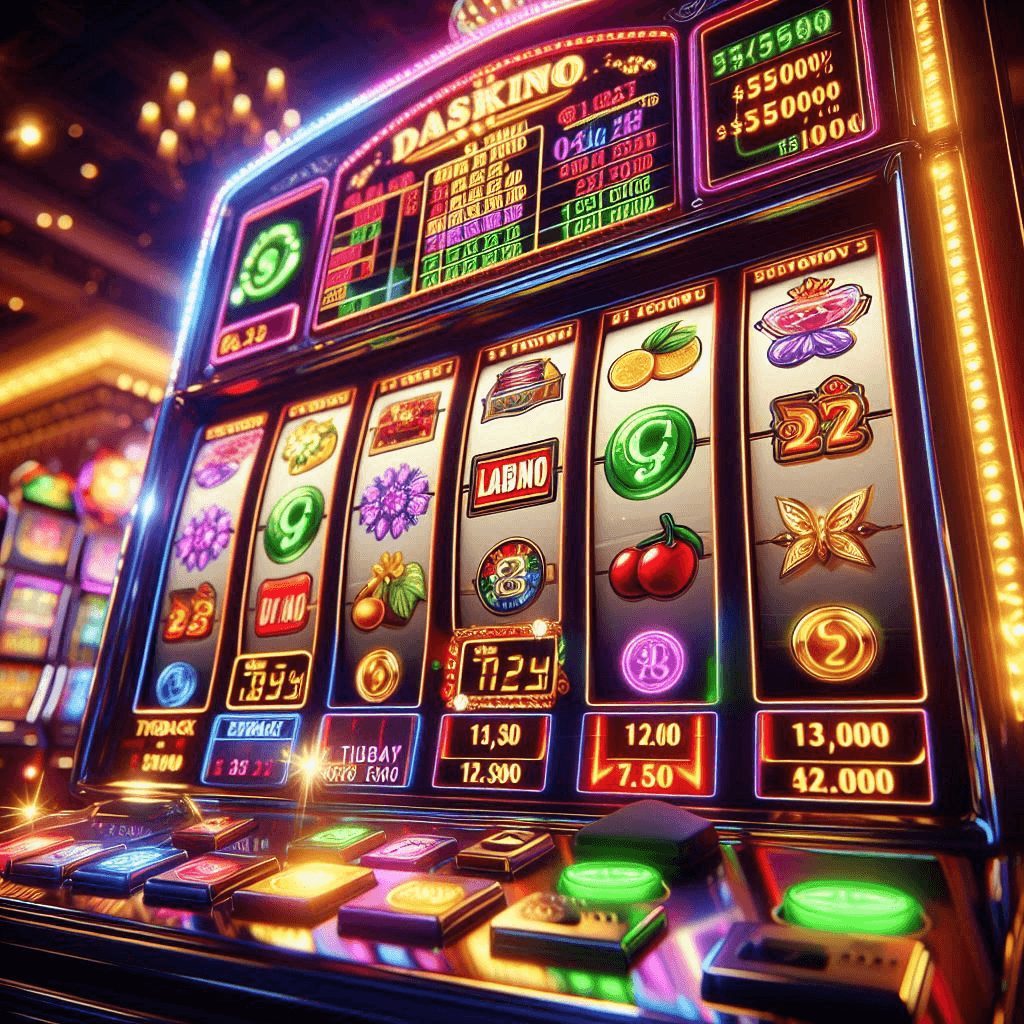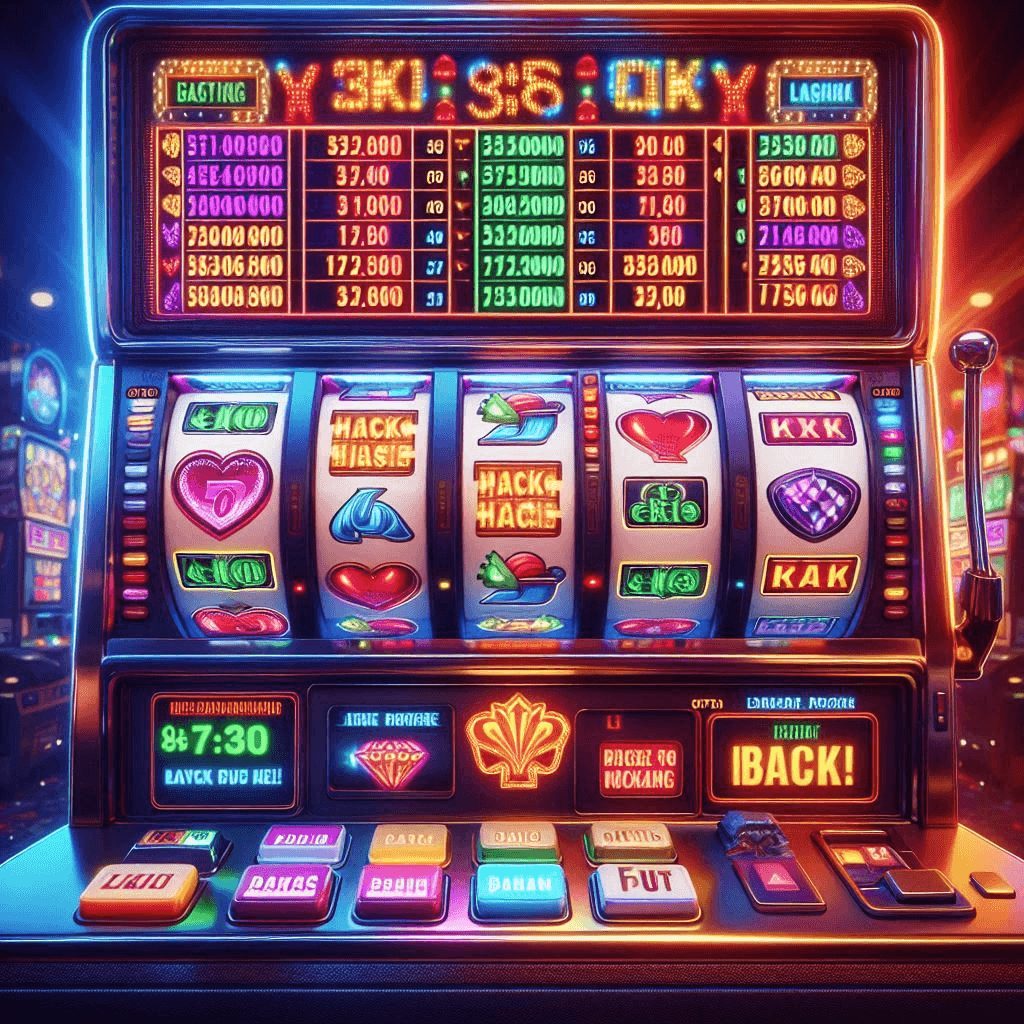In the ever-evolving world of casino gaming, slot payback have long been a beloved pastime for players seeking the thrill of potential big wins. As technology has advanced, the intricacies of slot machine payback percentages and return to player (RTP) have become increasingly important factors for players to consider when choosing where to place their bets. This comprehensive article will delve into the optimal slot payback percentages and RTP, providing valuable insights to help you maximize your chances of success.
Understanding Slot Payback Percentages and Return to Player (RTP)
Slot payback percentages and RTP are two closely related concepts that are essential to understanding the expected return on your slot machine wagers. Payback percentage refers to the amount of money a slot machine is designed to return to players over the long run, expressed as a percentage of the total amount wagered. For example, a slot machine with a 95% payback percentage will, on average, return $95 for every $100 wagered.
Return to player (RTP), on the other hand, is a statistical measure that represents the theoretical percentage of all wagers that a slot machine will pay out to players over an extended period of time. This metric is typically expressed as a percentage, and a higher RTP generally indicates a more favorable game for players.
It’s important to note that payback percentages and RTP are not the same as the actual payout for a single spin. Slot machines are designed to have a random and unpredictable outcome, meaning that any given spin could result in a large payout, a small payout, or even a loss. The payback percentage and RTP are long-term mathematical projections based on the game’s underlying mechanics and algorithms.
Optimal Slot Payback Percentages
When it comes to finding the optimal slot payback percentages, the general consensus among experienced players and industry experts is that the higher the payback percentage, the better. Slots with higher payback percentages tend to offer players a better chance of winning over the long run, as more of their wagers will be returned to them in the form of payouts.
The range of payback percentages for slot machines can vary widely, but typically fall somewhere between 85% and 99%. However, it’s important to note that the highest payback percentages are usually found in jurisdictions with stricter regulations and oversight, such as Nevada and New Jersey.
Here are some general guidelines for optimal slot payback percentages:
- 90% or higher: Slot payback percentage of 90% or higher are considered to be on the higher end of the spectrum and offer players a good chance of winning over time. These are often found in premium or high-end casinos.
- 95% or higher: Slot payback percentage of 95% or higher are considered to be among the best in the industry, with a higher expected return for players. These slots are less common but can be found in some of the most reputable and well-regulated casino markets.
- 97% or higher: slot payback with a payback percentage of 97% or higher are considered to be the cream of the crop, offering players an exceptional chance of winning. These slots are relatively rare and are typically found in highly competitive and regulated gaming jurisdictions.
It’s important to note that slot payback percentages can vary not only by jurisdiction, but also by individual slot payback. Savvy players should research the specific payback percentages of the slot payback they are interested in playing, as this information is often readily available either on the machine itself or through the casino’s online or printed materials.


Optimal Return to Player (RTP)
In addition to slot payback percentages, the return to player (RTP) is another crucial metric that can help players identify the most favorable slot machines. The RTP is a statistical measure that represents the expected long-term return on a player’s wagers, expressed as a percentage.
Similar to payback percentages, the higher the RTP, the better the overall value for the player. Here are some guidelines for optimal RTP ranges:
- 95% or higher: slot payback with an RTP of 95% or higher are considered to be among the most player-friendly, offering a high expected return over the long run. These slots are relatively common in well-regulated gaming markets.
- 97% or higher: slot payback with an RTP of 97% or higher are considered to be exceptional, providing players with an outstanding chance of winning. These slots are less common but can be found in some of the most competitive and well-regulated casino markets.
- 99% or higher: Slots with an RTP of 99% or higher are extremely rare and are often found only in highly specialized or niche gaming environments. These slots offer players an exceptionally high expected return, but may come with other unique game mechanics or restrictions.
It’s important to note that while RTP is a useful metric, it is not the only factor to consider when choosing a slot machine. Other factors, such as game mechanics, bonus features, and overall entertainment value, can also play a significant role in the player’s experience and success.
Strategies for Maximizing Your Chances
Now that we’ve explored the optimal slot payback percentages and RTP, let’s discuss some strategies you can use to maximize your chances of success when playing slot machines:
- Research and Compare: Before playing, take the time to research the payback percentages and RTP of the slot machines available in your chosen casino or online gaming platform. Look for slots with the highest payback percentages and RTP, as these offer the best long-term value for players.
- Manage Your Bankroll: Effective bankroll management is crucial when playing slot machines. Decide on a budget and stick to it, avoiding the temptation to chase losses or chase big wins. Remember that slot machines are designed to be unpredictable, so it’s important to manage your bankroll accordingly.
- Understand Game Mechanics: Take the time to understand the specific game mechanics of the slot machines you’re playing. This can include understanding payline structures, bonus features, and any unique game mechanics that may impact your chances of winning.
- Leverage Bonuses and Promotions: Many casinos and online gaming platforms offer bonuses, promotions, and other incentives to players. Take advantage of these offers, as they can effectively increase your overall return and maximize your chances of winning.
- Practice Responsible Gambling: Always remember to gamble responsibly. Set limits on your time and money spent, and be aware of the risks associated with slot machine play. If you feel that you may be developing a problem, seek help from a responsible gambling organization or program.
Conclusion
In the ever-evolving world of slot machine gaming, understanding the optimal payback percentages and return to player (RTP) is essential for players who want to maximize their chances of success. By focusing on slots with the highest payback percentages and RTP, and employing effective strategies for bankroll management and game mechanics, you can increase your chances of enjoying a more rewarding and sustainable slot machine experience.
Remember, while the pursuit of big wins can be exciting, it’s crucial to always gamble responsibly and never risk more than you can afford to lose. By incorporating these principles into your slot machine play, you’ll be well on your way to enjoying the thrill of the spin while minimizing the risks associated with this popular casino game.
FAQs
-
What is the average payback percentage for slot machines?
The average payback percentage for slot machines can vary widely, but typically falls somewhere between 85% and 99%. However, the highest payback percentages are usually found in well-regulated gaming markets, such as Nevada and New Jersey.
-
What is considered a good payback percentage for slot machines?
Slots with a payback percentage of 90% or higher are generally considered to be on the higher end of the spectrum and offer players a good chance of winning over time. Slots with a payback percentage of 95% or higher are considered to be among the best in the industry, while slots with a payback percentage of 97% or higher are considered to be the cream of the crop.
-
What is the optimal return to player (RTP) for slot machines?
Slots with an RTP of 95% or higher are considered to be among the most player-friendly, offering a high expected return over the long run. Slots with an RTP of 97% or higher are considered to be exceptional, providing players with an outstanding chance of winning. Slots with an RTP of 99% or higher are extremely rare and offer players an exceptionally high expected return.
-
How can I find the payback percentage and RTP of a slot machine?
The payback percentage and RTP of a slot machine are typically displayed on the machine itself, in the casino’s promotional materials, or on the casino’s website. Some online gaming platforms also provide this information directly on the game page.
-
What other factors should I consider when choosing a slot machine?
While payback percentage and RTP are important factors, you should also consider the game mechanics, bonus features, and overall entertainment value of the slot machine. Additionally, effective bankroll management and responsible gambling practices are crucial for maximizing your chances of success.
